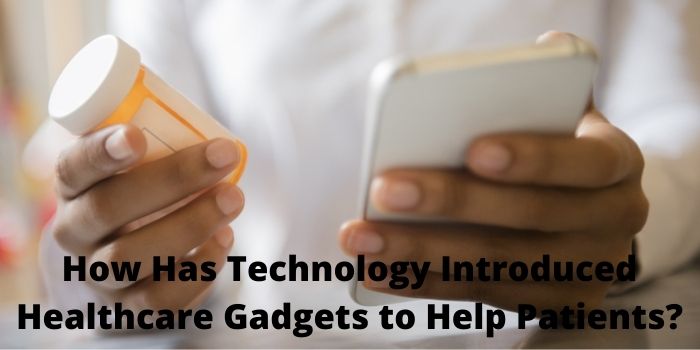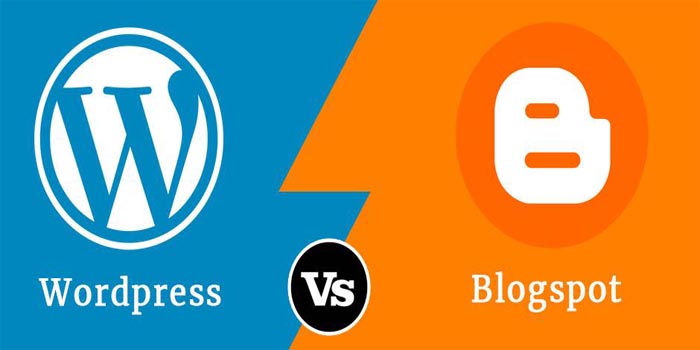How Has Technology Introduced Healthcare Gadgets to Help Patients?

While technology is ever-evolving, there are some staples that will always be needed such as the IV pole used in a hospital patient’s room. A proper IV pole must be durable and reliable for the environment it is placed in. These intravenous or intravenous infusion tubes have three main functions:
Portability
Many IV pole models come with a weighted base that includes wheels, which would allow the accompaniment of the IV pole for if or when the patient is mobile, so they can continue to receive whatever their IV bag may contain whether that is antibiotics, a steady supply of fluids, a saline solution, or even chemotherapy drugs.
Administering Medicine
IV poles are used to administer several types of medicine from the aforementioned vital fluids to chemotherapy drugs or even a simple saline solution all of which can be lifesaving.
Organization
Allowing medical professionals to hang the IV bags securely from the hooks at the top of the pole keeping them out of the patient’s way while still keep them nearby and consistently providing vital fluids both effectively and safely.
IV poles are not the only important piece of equipment needed in a hospital room. Allowing technology to be part of that important equip has provided advancements in healthcare such as:
Electronic Health Records (EHRs)
This allows for easier sharing and transfer of patient records in the entire hospital because many systems are now connected and more integrated which can provide more effective care.
Telemedicine/Telehealth
Telemedicine or telehealth are two of the names used for the advancements in telecommunication technologies in healthcare. These advances include allowing patients in rural areas who cannot access hospitals or other health-related services so easy to still use computers to connect with doctors. This can also save patients up to one hundred dollars per doctor visit. It is also noted that patients in an ICU that included telehealth services not only had a 26 percent lower mortality rate but were also discharged twenty times quicker than conventional ICUs not outfitted with telemedicine aids.
Remote Monitoring Tools
Remote monitoring devices provide patients the ability to observe their health at home, thus, decreasing the number of required doctor visits. As of 12/22, nearly three million patients across the globe are utilizing home health monitoring systems. A prime example of this technology would be pacemakers that can send data to remote health care centers which is great for patients with chronic ailments enabling both them and their doctors to monitor those conditions even from a distance.
Wearable Technology
The number of wearable medical devices is steadily growing. These devices collect data and monitor and assess the health of the wearer and are helpful to both doctors and patients. These tools come in a variety of ways that can be worn such as wristbands or watches and even pendants empowering users to take an active role in their personal will be. These gadgets can also send signals to authorities about dangerous medical issues. As of 2018, 130 million wearable devices have been shipped to consumers.
Genome Sequencing
Technology has impacted the medical industry recently by allowing artificial intelligence or AI to aid patients, reminding them of when to take medications, offering reports on high-risk symptoms to save patient lives, and providing personal dosages for patients.
It is no surprise at the rise in medical mobile apps with how popular and helpful gadgets and smart appliances are. In fact, a selection of these apps are even compatible with Google Home and Amazon Echo, or Alexa. The voice search option alone has impacted the industry a great deal and a lot of health care firms are taking advantage of that to help aid physicians and patients even more.





